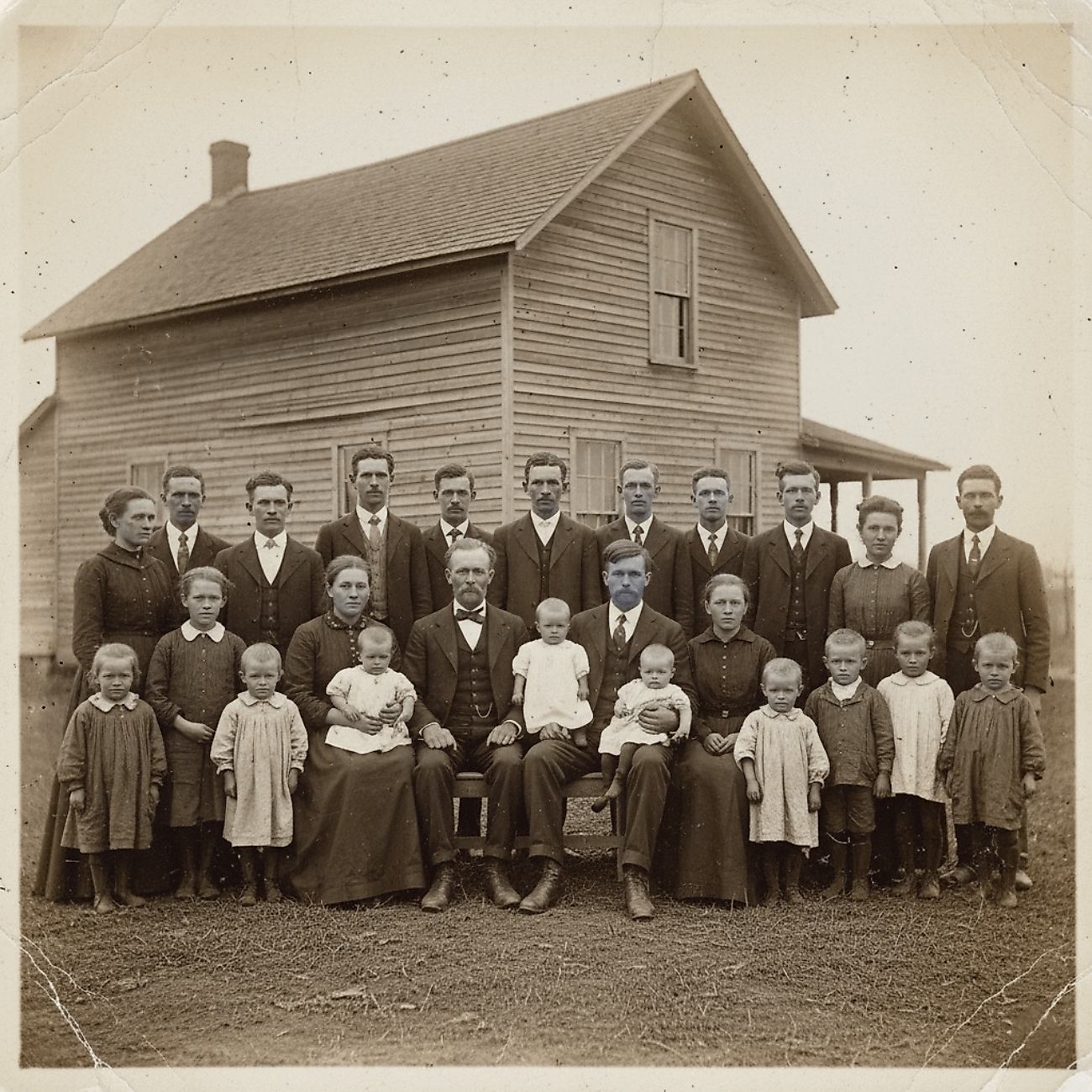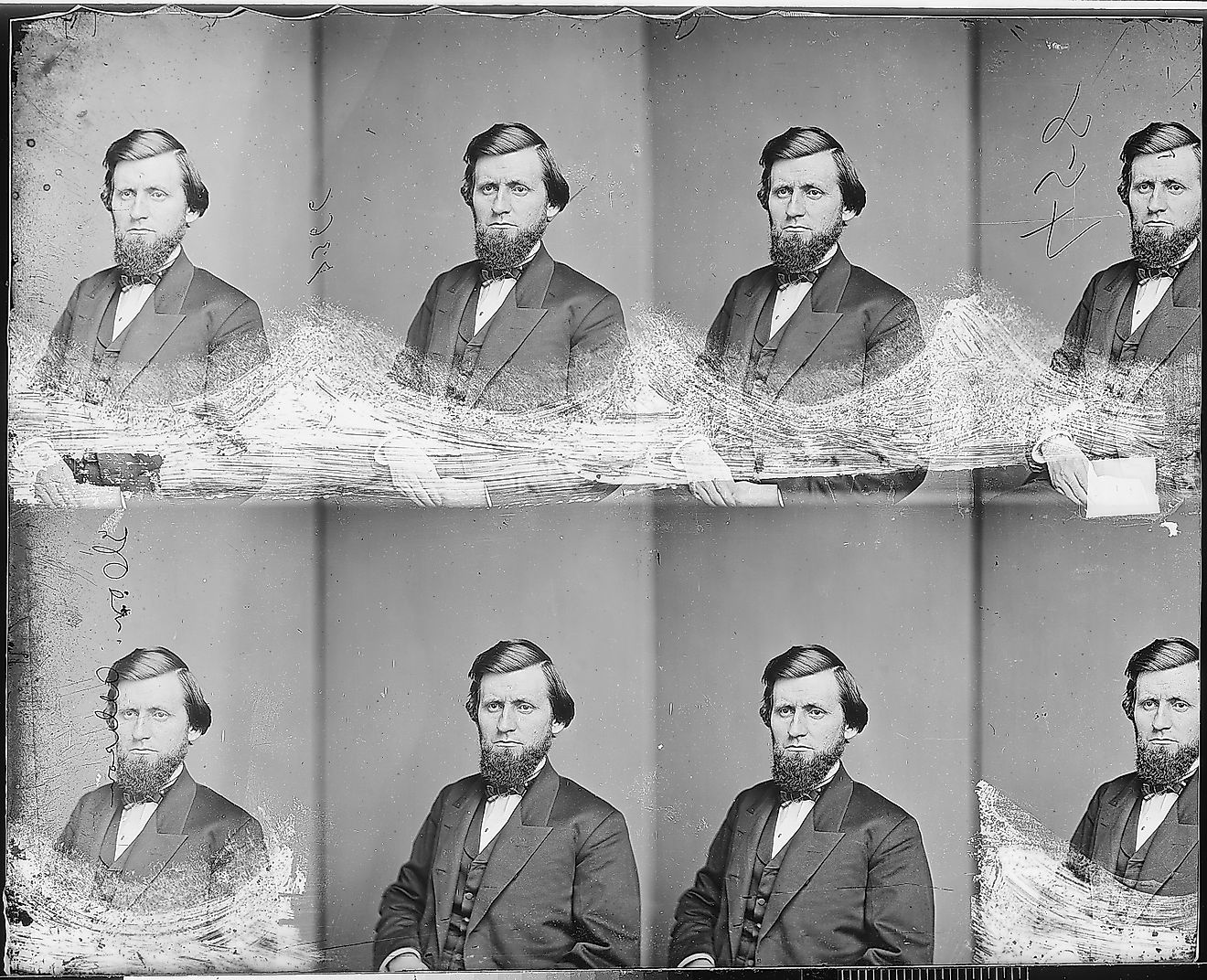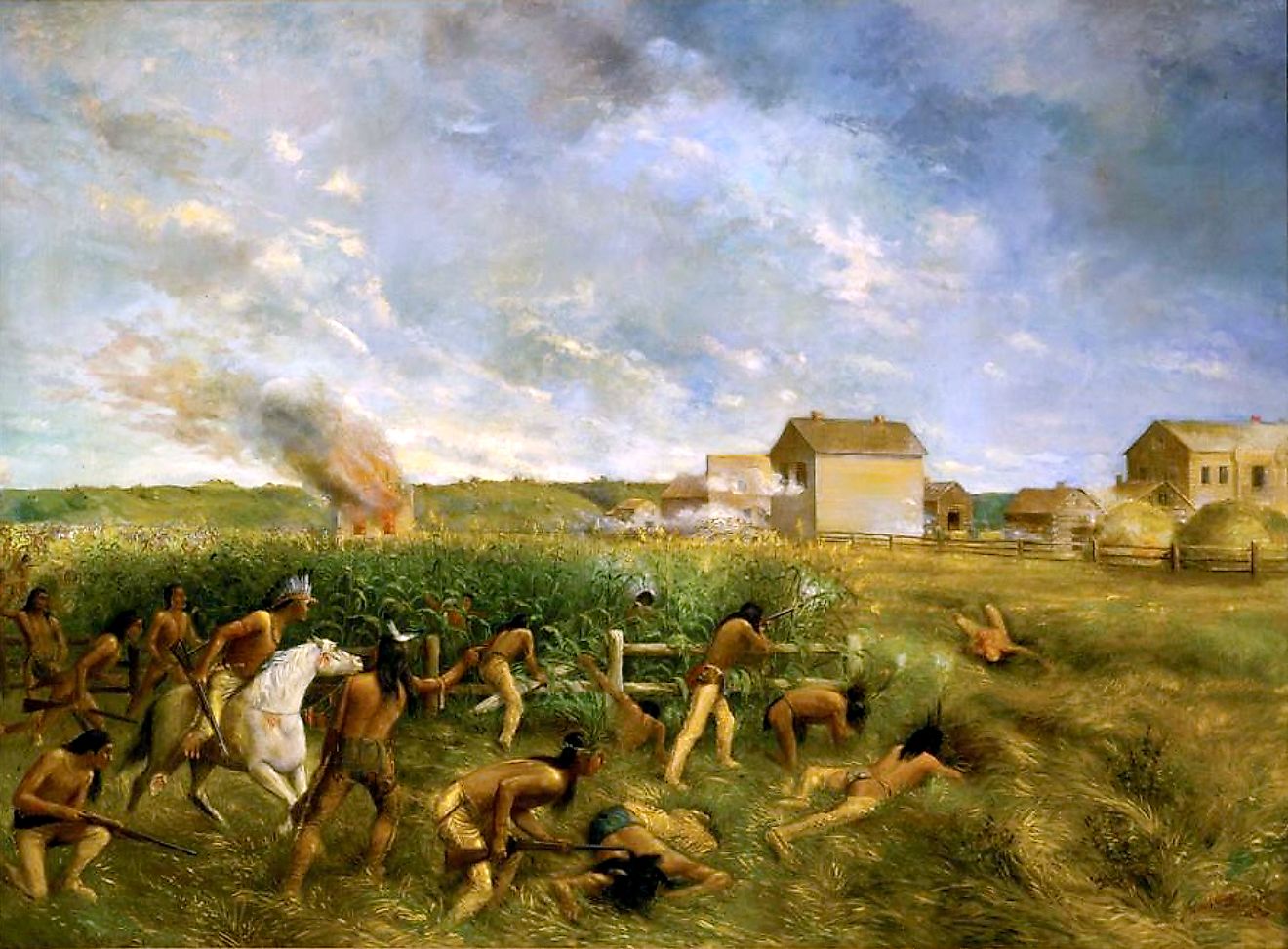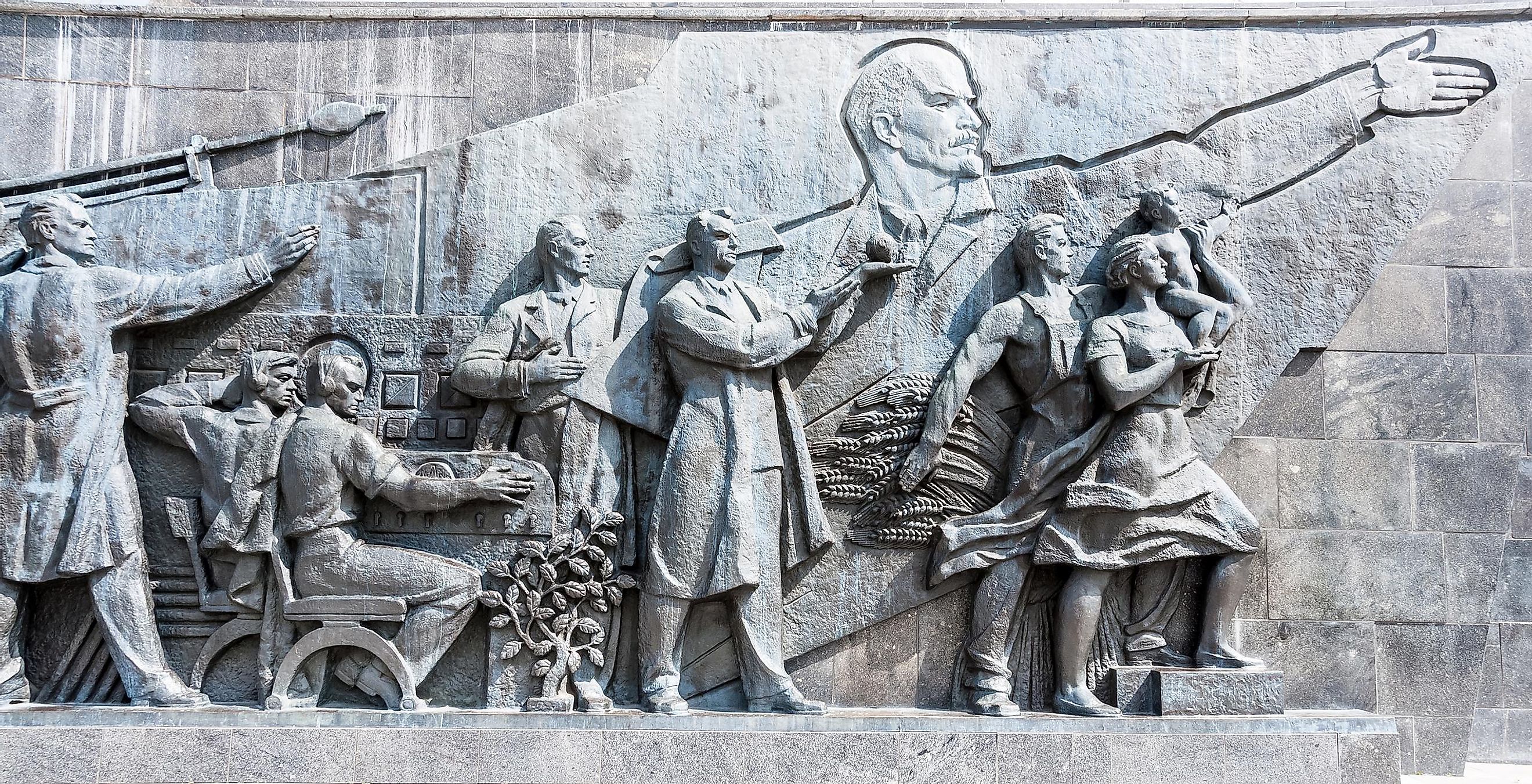
Russian Civil War
The Russian Civil War stands today as one of the defining moments of the 20th century. While the Russian Revolution would overthrow nearly 400 years of Romanov rule and destroy the monarchy, the civil war cemented communist rule in Russia for the remainder of the century.
The totality of the political and cultural fallout that stemmed from the Russian Civil War is complex and endless, so it is best to focus on the main players within the conflict. Despite its surface-level appearance, the Russian Civil War was much more than just the Reds vs the Whites or even communism vs monarchy.
The End of the Revolution
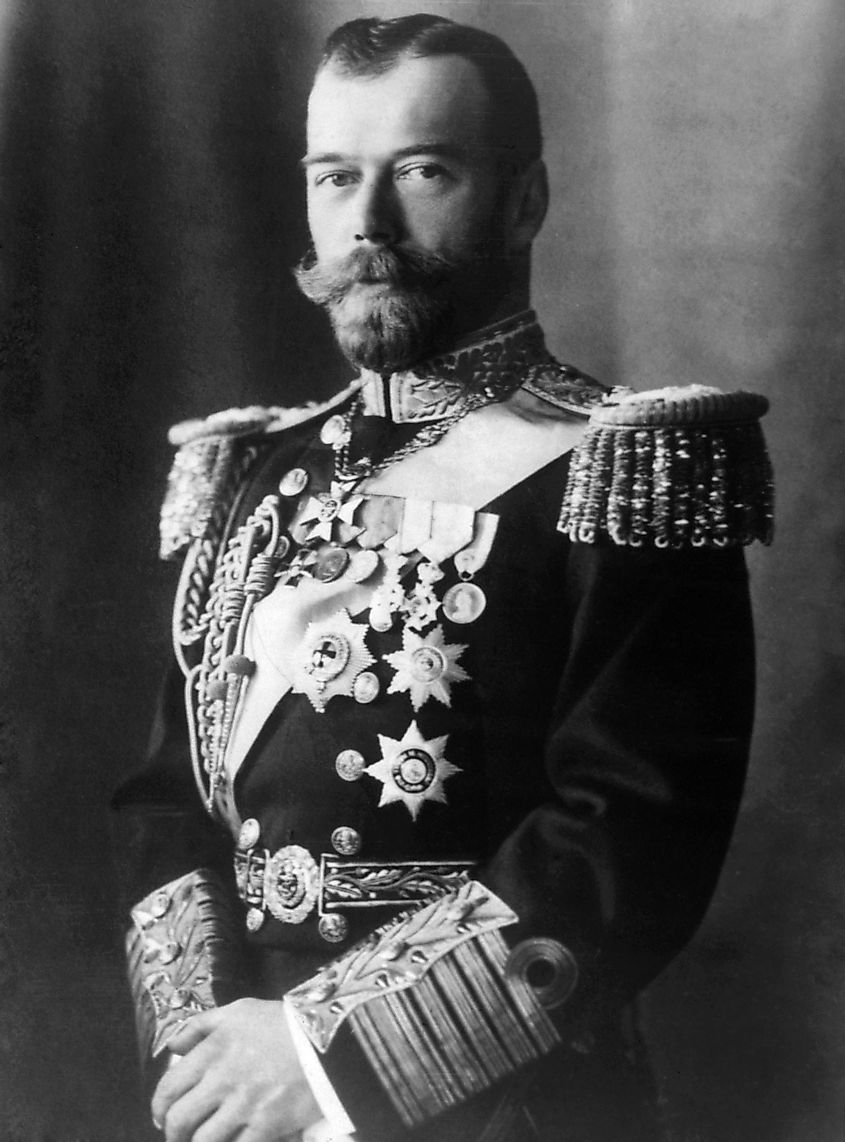
By the end of 1918, Russia was firmly out of the First World War. It had surrendered vast amounts of its western territories to the Central Powers and was forced to recognize the independence of Finland, Ukraine, and Georgia. Poland and the Baltic States were given directly to Germany and Austria-Hungary.
This was all achieved under the Treaty of Brest-Litovsk. The Russians were in no position to argue and it was clear that a stable government could not be established if the war was to continue. Leon Trotsky, one of the leading figures of the revolution in 1917 led talks with the Central Powers. While he was devasted by the sheer amount of land, resources, and population to be lost, he was also pragmatic. Trotsky's immediate focus was to ensure the survival of the newly erected Bolshevik government in Moscow, no matter the cost. The global communist revolution could wait. In the eyes of Trotsky, if communism was to spread across Europe, it could only be done from a stable and secure Communist Russia.
Even though the revolutionary government ruled from Moscow, large parts of Russia remained contested. The Whites, a reactionary faction consisting of a hodgepodge of monarchists, republicans, nationalists, traditional Christians, and many others, were now gathering their forces. Peasant uprisings were springing up across the country in response to the agricultural and tax policies of the communist government. There was even word that the Western powers were preparing to send more forces into Russia to assist the Whites. The fighting was far from over.
The White Russians
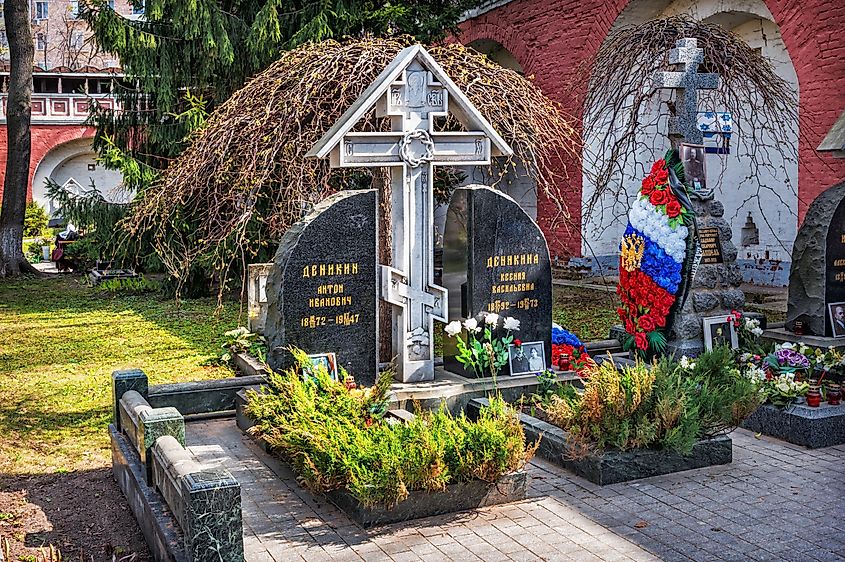
The main opposition to the Bolsheviks during the Russian Civil War was the White Russians, often referred to as the Whites. The White Russians were a loose alliance of various political factions whose sole unifying idealogy was their opposition to communist rule.
While their hatred of the Bolsheviks acted as a glue that held the movement together, the political factionalism that existed with the White leadership hindered them at every move. Throughout the war, various White armies acted almost entirely independently of one another as each leading general refused to work with one another over political disagreements.
In many cases, it also worked in the best interest of competing White generals to have their "brothers in arms" defeated by the Bolsheviks, or better yet, captured and killed. The loss of a rival only further strengthened their political machinations. After all, the destruction of one of the White factions only made things easier for the emerging White general in the event of a total White victory over the Bolsheviks.
While there was no clear leader of the White Russians during the Civil War, the three most important generals were arguably Alexander Kolchak, Pyotr Wrangel, and Anton Denikin. Kolchak was the unofficial head of the Whites until he was captured in 1919 and later killed. Despite his short-lived time as "supreme commander" he did have a series of successes against the Reds in early 1919.
Large segments of the White Army, especially those under the command of Denikin, were well known for their open distaste toward Jews. Many of Denikin's officers held the belief that Jews were responsible for Bolsheviskm, the revolution, and the humiliating Treaty of Brest-Litovsk. These widely held views often resulted in pogroms and other forms of mob violence against Jewish communities in towns that were captured by the White Army. In total, it is estimated that nearly 150,000 Jews were killed during the Civil War as a result.
Poor discipline was certainly not exclusively a problem within the White army, but it seemed to be the place where it was most prevalent and tolerated. Mass killings and rapes by White soldiers were quite common no matter where they went. This did little to help garner support for their cause amongst the commoners.
The Red Army
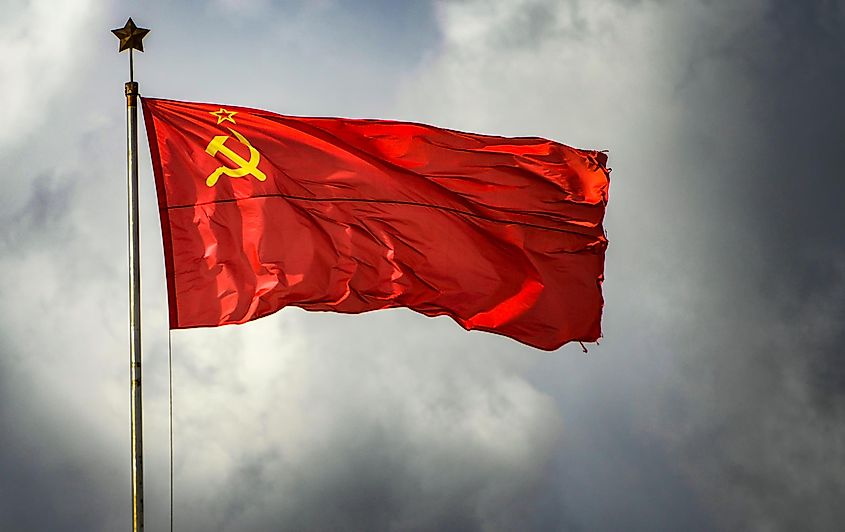
The Red Army was the armed forces of the newly established Bolshevik government. Whereas the Whites suffered greatly from factionalism and competing political ideologies, the Reds were all focused on holding on to a communist state.
The Reds never controlled much territory in the early years of the war but they never needed to. The power of the Reds was concentrated in the West, a much more industrialized and modernized part of Russia. The Reds also had significant support among factory workers and tradesmen. Something that proved to be invaluable later on.
The Reds could also use Russia's vast railway network more efficiently than the Whites. This allowed the Reds to ship supplies, and men to the frontlines quickly. This rapid response time was crucial to maintaining a strong frontline against the many enemies that the Reds were up against.
Leon Trotsky

One of the leading figures of the revolution in 1917, it is hard to overstate just how important Trotsky was to the establishment and eventually victory of the Bolshevik state. A master statesman and propagandist, Trotsky's ability to organize and inspire his fellow man was next to none.
While Trotsky largely relied on his cunning wit and smarts, he was also brutal when he felt he needed to be. He was a huge advocate of kidnapping the families of the generals of the White Army to gain leverage in negotiations.
Apart from being a great politician and public speaker, the generalship of Trotsky was nothing to sneer at either. He was largely responsible for training and reshaping the Red Army into an effective fighting force. Time again, his decisions, which at times were ridiculed by his fellow communists, were proven to be right.
Vladimir Lenin
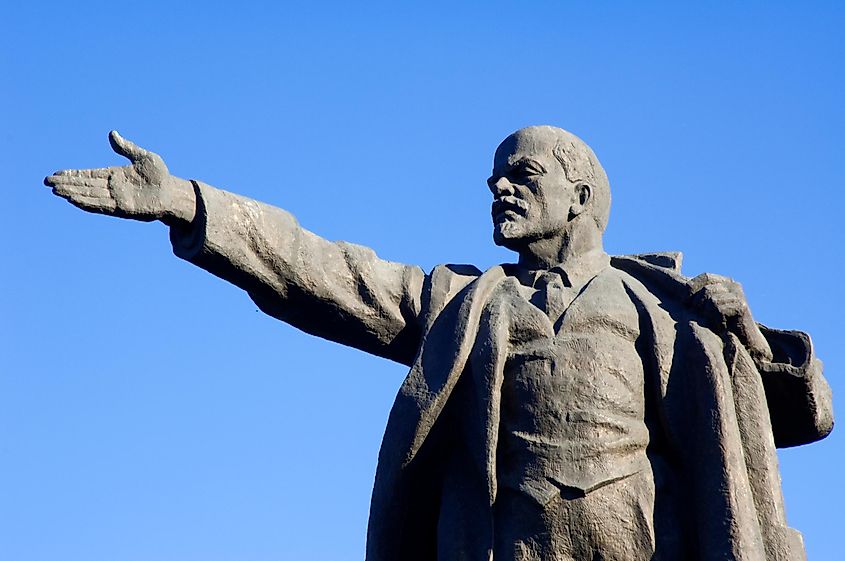
Lenin almost did not live to see the beginning of the Russian Civil War. In 1918, a would-be assassin shot Lenin twice as he was leaving a speech. Lenin might have been killed if it were not for the fact that his assassin, Fanny Kaplan, was half-blind.
Whereas Trotsky was a leader of the common man, Lenin was able to hold together his fragile and delicate Bolshevik government despite all odds. Any instances of what looked like brewing factionalism were immediately stamped out. Lenin's determination to win the war was unrivaled.
The Reds won a lot of support from the non-Russian minorities within the country after Lenin declared that each distinct people group had the right to secede and form their own nations. Lenin was, of course, lying, and planned to regain this lost territory, but at least gave the Reds the support they needed.
The Black Army
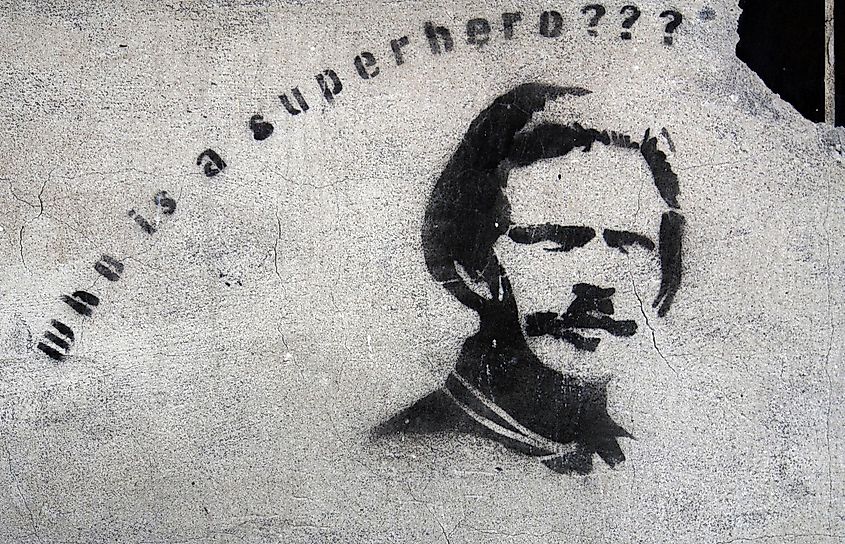
An often-forgotten faction in the Russian Civil War is the Black Army. This is a catch-all term for the various anarchist factions that sprang up in the hectic first months of the Russian Revolution. While there were separate anarchist groups, the most impactful one was based out of Ukraine.
Led by Nestor Makhno, the anarchists in Ukraine attempted to establish a stateless anarcho-communist society between 1918 and 1921. It is important to remember that during this time, Ukraine was granted its independence from Russia as a result of the Treaty of Brest-Litovsk. The power vacuum that was left after the Russian's brief expulsion gave Makno and his followers their chance. The Black Army fought just about everyone during the Civil War. At first, it was the Germans, then the Ukrainian government, then the Whites, and finally the Reds. As mentioned previously, the Reds often used the Blacks to help sabotage and harass the White forces. However, once their usefulness ran out, the Reds turned on them and wiped them out.
With much of the Makhnovists defeated, what remained of the movement was forced to retreat underground by 1921. For the rest of the 1920s, the Soviets still had to deal with occasional attacks from anarchists but it was infrequent enough to cause much of a stir.
Western Intervention
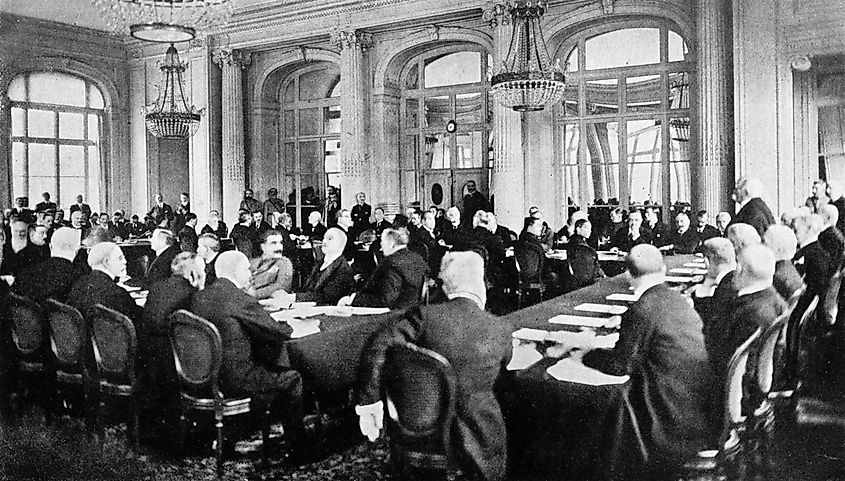
The Western Powers were observing what was happening within Russia. Of course, only a few years prior, the Russian Empire was fighting side by side with the Allies in a bitter struggle against the Central Powers. As the First World War came to a close, the various nations who emerged victorious were sure to fight for their interests within the ever-crumbling and chaotic Russian Empire.
The largest concern of the Allies was not ideological but rather logistical. While Russia was a leading member of the Allies, France, Britain, and the United States had all given the Russians millions of dollars of military equipment to help fight the Germans and Austro-Hungarians. Now that they had left the war while also surrendering much of Eastern Europe, there was serious concern that these weapons, munitions, and other supplies were going to fall into German hands.
Britain was probably the most active of all the foreign powers. In 1918, Britain sent troops to secure the ports of Arkhangelsk and Murmansk. It was these ports that served as a way to funnel out any remaining allied supplies that were intended for the Russian Empire. The British also deployed a small force in Estonia in an attempt to establish a national army there. With the combined assistance of British, Estonian, and Finnish troops, they were able to repel a Bolshevik attack. Commonwealth forces, namely from Canada, Australia, and India were also deployed in Russia.
Fighting was incredibly messy and chaotic. In some cases, the Allies fought against the Reds, the Germans, and even certain factions of the Whites. Either way, the main goal of the Allies in Russia was to secure their own material interests.
The End of Foreign Involvement
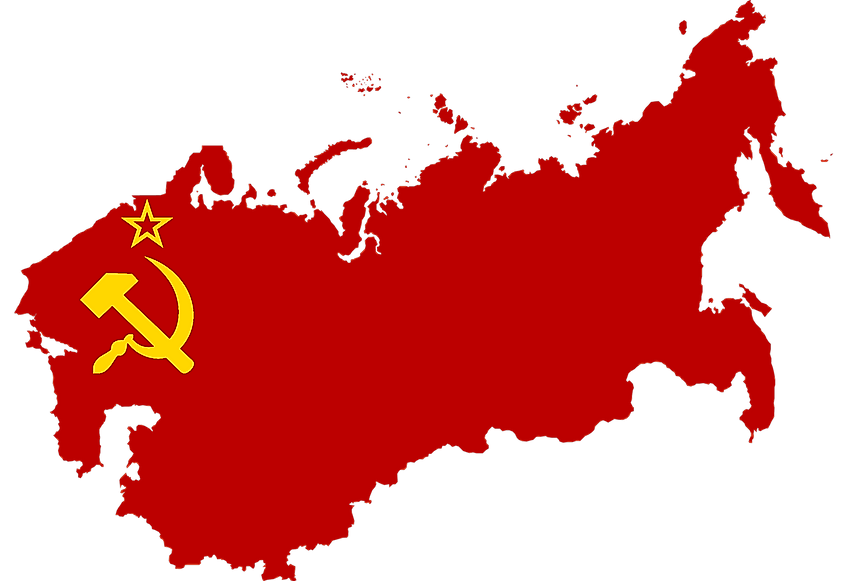
As the tides started to shift in favor of the Reds, it was clear to most Western generals that any hopes the Whites had of winning the war were lost. As soon as the material was secured and certain steps were taken to try and contain the spread of the Bolsheviks into neighboring nations, the Western Powers started to leave.
By 1922 there were still certain politicians in the West who thought that it was necessary to make sure communism did not take hold in Russia (namely Winston Churchill) but they were in a small minority. Frankly, the public in the West had lost the will to fight, especially in a conflict as complex, unclear, and convoluted as the Russian Civil War. The toll WWI had taken on all participating nations was immense, and the governments and militaries of France and Great Britain had grown weary of war.
Interestingly, the Japanese maintained a military presence in Eastern Russia until 1925. A considerable time when compared to the commitment of the other foreign powers. While Japanese involvement was far from critical, they controlled a sizeable amount of territory and seized the nearby rail lines. Something the newly established USSR was quick to take back when it finally mustered the strength.
Ultimate Victory
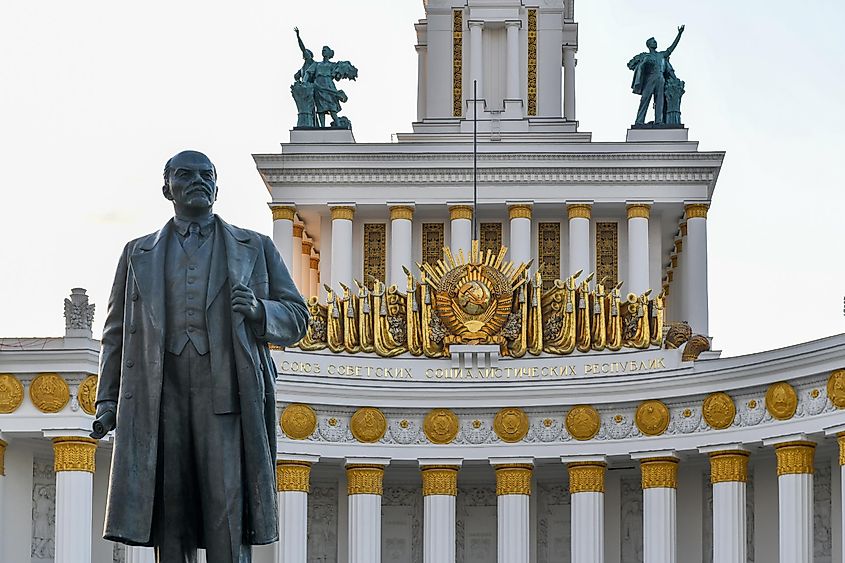
The Russian Civil War arguably lasted until the middle of the 1920s, but it effectively ended between 1920-1922 after the Whites had lost most of their leadership and support from the Western powers. The fractured nature of the White movement was always at a disadvantage against the highly driven and motivated communists who were all striving towards a single goal.
In 1923, the USSR was officially established. It incorporated (often forcefully) much of the previous territory that was once part of the Russian Empire. The Baltic States and Poland were lost, but the Soviets would once again rule over them along with nearly half of Europe in the wake of WW2.
The outcome of the Russian Civil War and the establishment of the first communist government in history was one of the defining moments of the past century. Not only would it give birth to an ideology that would go on to kill tens of millions of people, but communism and the Soviet Union would dominate the global political landscape for the majority of the 20th century.









